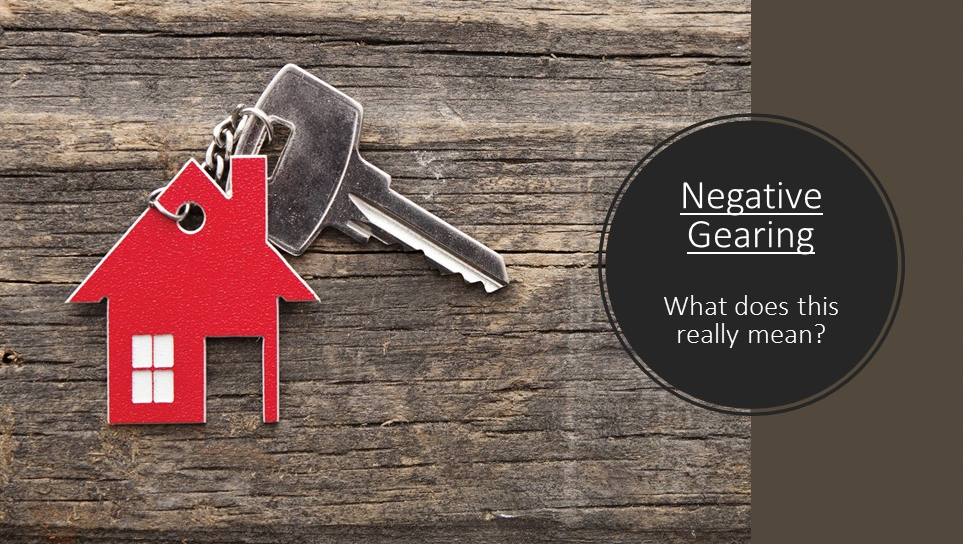If you’ve heard the term ‘negatively geared’ thrown around, not knowing what in the world was being spoken of and always had it fly right over you, then please read on. It may have far arching effects on your pocket and how much tax you ultimately pay.
In simple terms, negative gearing is when you use borrowed funds to buy assets and the income or revenue created by those assets (rent, interest or dividends) is lesser than the cost of borrowing the funds (interest), thereby causing you to spend more than you receive (negative cash flow).
At first, this may sound like a ludicrous strategy, but negative gearing can actually be attractive for growth assets such as property or shares. This is because, over the long term, such investments often provide higher income returns and capital gains, or tax benefits that make it attractive to borrow funds to make the investment.
However, it is well worth noting that negatively geared assets can weigh heavily on your organizations’ cash flow and may not be the best strategy to adopt if you are low on cash. The expected capital gains when choosing this strategy may also be at risk when you consider market fluctuations and the chance that you may fail to realize your expected capital gains and go deeper out of pocket.
In order to evaluate whether this strategy is appropriate for you or whether there are any tax-saving benefits available to you, we recommend discussing with your accountant to establish what best meets the goals of your businesses in its current and forecasted position.
Our next Blog will demystify positive gearing – the pros and cons you may expect to encounter from adopting that investment approach.
At Fortuna we provide tailored tax and accounting services that leave you knowing that you are in safe and experienced hands. Call us to book a meeting and drop in for a free initial consultation.
At Fortuna,
We stay with you for life.



